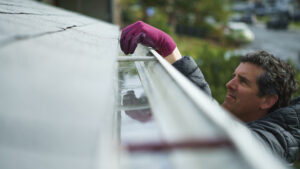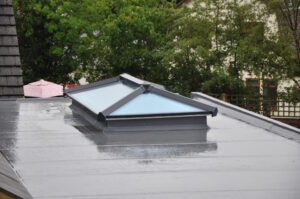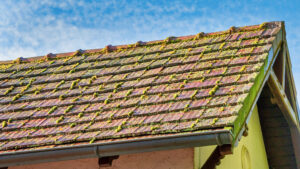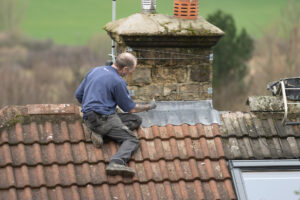The roof of a building is not just a mere shelter; it serves as the first line of defense against the elements, protecting the occupants and their belongings from rain, snow, wind, and harsh sunlight. However, no roof is meant to last forever, and understanding the average lifespan of a roof is essential for homeowners and property managers. Knowing how long a roof typically lasts and the factors influencing its longevity, one can make informed decisions about maintenance, repairs, and eventual replacements. This in-depth article will explore the factors that impact roof lifespan and the average lifespan of different roofing materials. Whether you’re a homeowner looking to extend your roof’s life or a prospective buyer assessing a property, this comprehensive guide will provide the information you need.
Factors Affecting Roof Lifespan
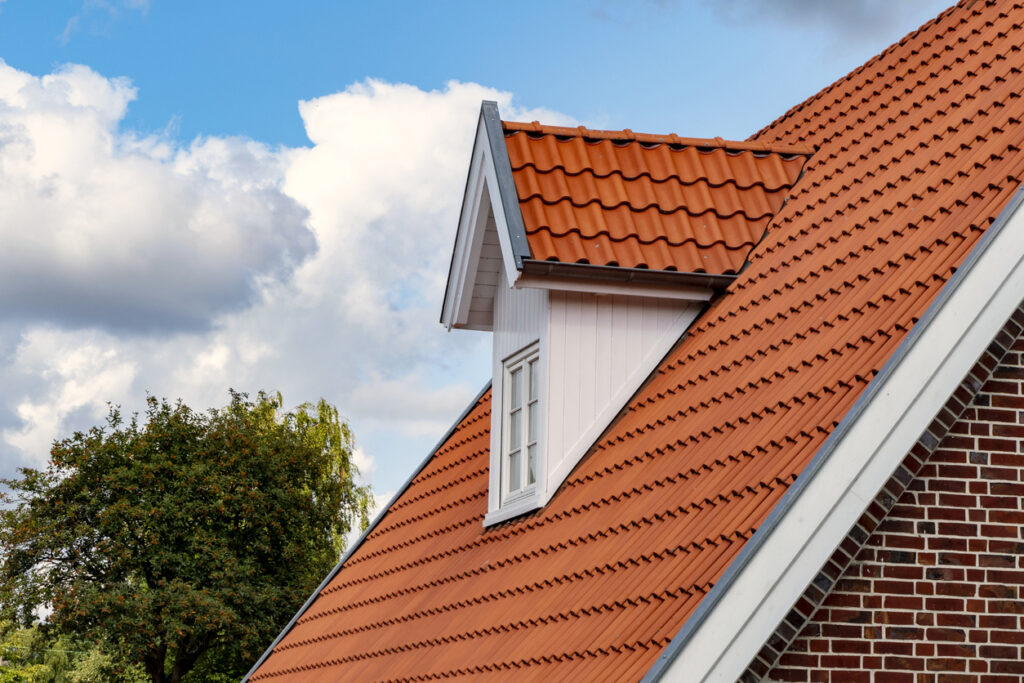
To better comprehend the longevity of a roof, it’s crucial to consider the following factors that directly influence its lifespan:
- Material Quality: The quality of roofing materials significantly determines how long a roof will last. High-quality materials are generally more durable and better equipped to withstand the rigors of time and weather exposure.
- Climate and Weather: A region’s climate and weather conditions can heavily impact a roof’s lifespan. Extreme temperatures, heavy rainfall, snow, hail, and strong winds can accelerate wear and tear on the roofing materials.
- Proper Installation: A well-installed roof performs optimally and lasts longer. Conversely, improper installation practices can lead to premature aging and costly repairs.
- Roof Pitch: The pitch of the roof affects how quickly water drains off the surface. Roofs with steeper pitches usually have a longer lifespan as they are less prone to water damage and moisture retention.
- Maintenance and Care: Regular roof inspections, proactive maintenance, and prompt repairs can significantly extend a roof’s lifespan. Neglecting minor issues can lead to more substantial problems down the line.
Average Lifespans of Common Roofing Materials
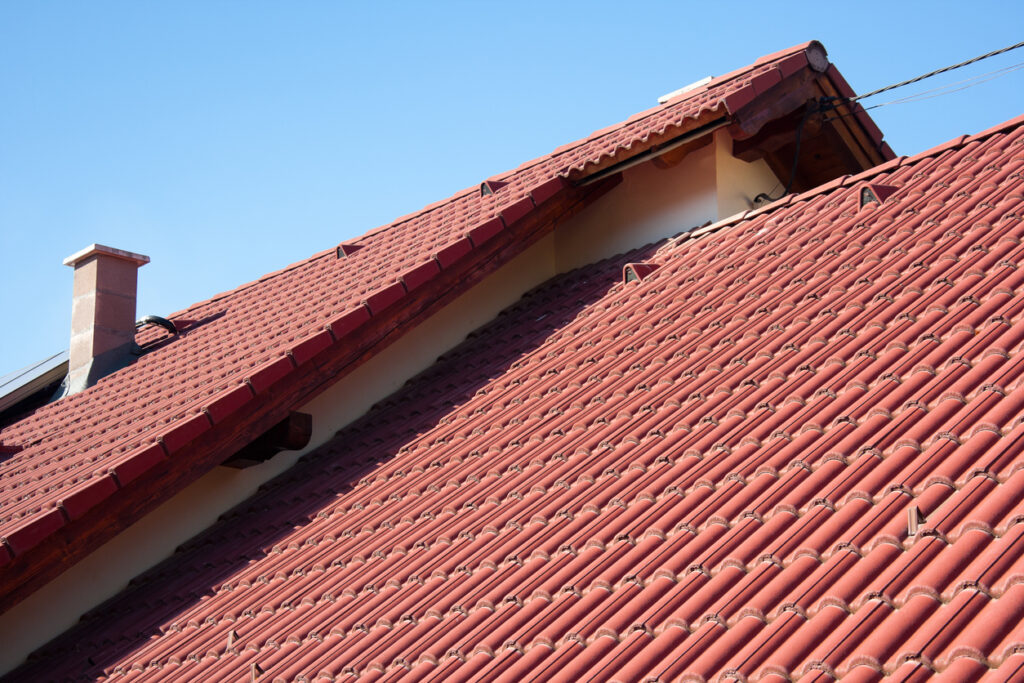
Roofing materials vary widely in terms of durability and longevity. Below, we’ll explore the average lifespans of some popular roofing materials:
- Asphalt Shingles: The most common roofing material in the United States, asphalt shingles typically last between 20 to 25 years. However, higher-quality architectural or dimensional shingles can last up to 30 years.
- Metal Roofing: Metal roofs are usually known for their exceptional durability and can last anywhere from 40 to 70 years, based on the type of metal used (e.g., aluminum, steel, copper).
- Wood Shingles and Shakes: Wood shingles and shakes have a lifespan of around 20 to 40 years, but regular maintenance is essential to prevent decay and damage caused by moisture, insects, and UV exposure.
- Clay and Concrete Tiles: These materials are renowned for their longevity and can last 50 to 100 years, making them an excellent choice for homeowners seeking a durable and aesthetically appealing roofing option.
- Slate Roofing: A properly installed slate roof can last well over a century, making it one of the longest-lasting roofing materials available. Slate’s natural beauty and exceptional durability justify its higher cost.
- Synthetic Roofing Materials: Some newer synthetic materials, such as rubber and plastic composites, offer lifespans similar to metal roofing, lasting around 40 to 50 years. These materials often emulate the appearance of traditional roofing materials while providing added durability and resistance to weathering.
Signs of an Aging Roof
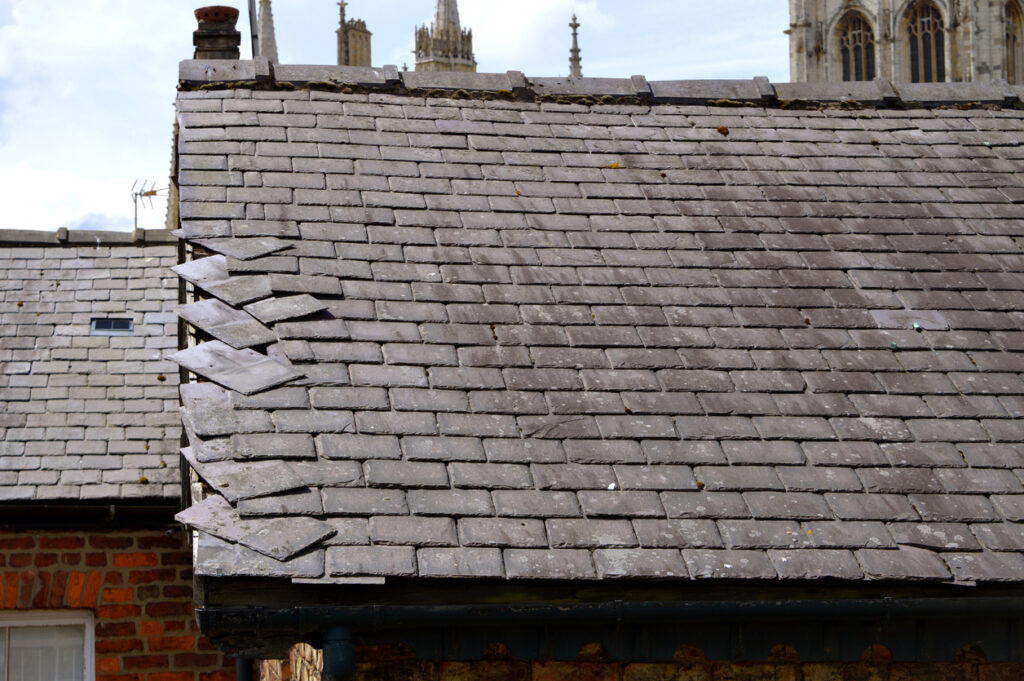
Recognizing the signs of an aging roof can help homeowners detect issues early on and take appropriate action. Some common indicators include:
- Missing or Damaged Shingles: Shingles that are cracked, curling, or missing altogether can leave the underlying roof structure vulnerable to damage caused by water infiltration.
- Water Stains on Ceilings: Water stains inside the house suggest a leak in the roof, which should be addressed instantaneously to prevent further damage to the interior and the roofing system.
- Sagging Roof Deck: A sagging roof indicates structural issues and requires immediate attention from a professional to prevent potential collapses.
- Granule Loss: The granules on asphalt shingles protect them from UV rays. Excessive granule loss can accelerate the roof’s aging process, leading to premature deterioration.
- Moss or Algae Growth: While not directly harmful, moss and algae can trap moisture and lead to deterioration if not removed regularly, especially on wood and asphalt shingles.
Extending Roof Lifespan
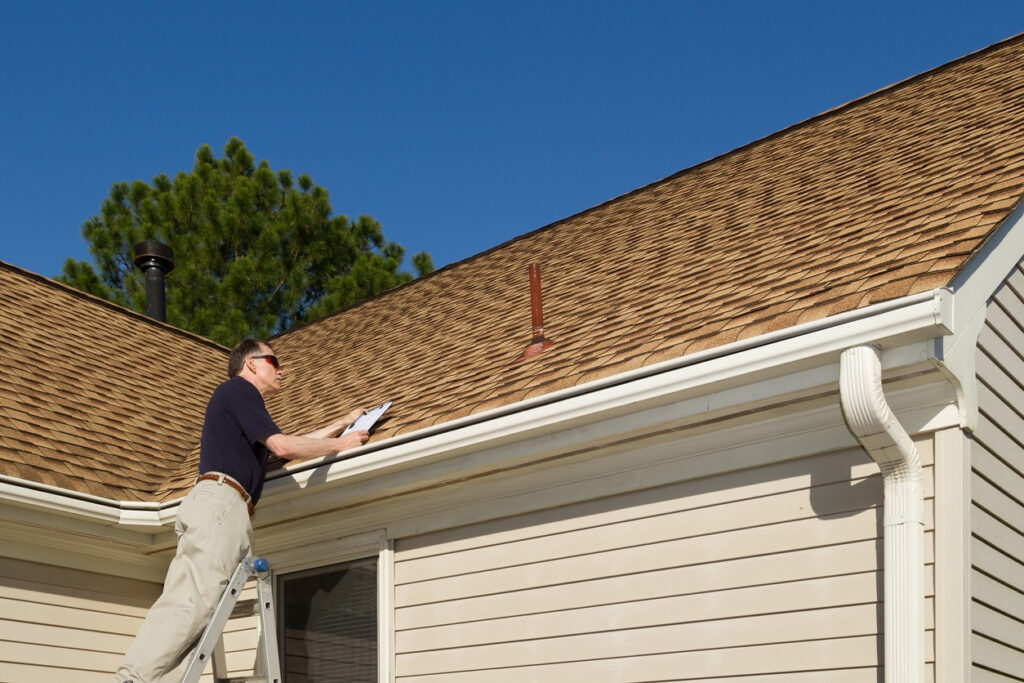
To maximize the lifespan of your roof and delay the need for replacement, follow these essential tips:
- Regular Inspections: Schedule annual roof inspections and consider having them done after significant weather events. A professional roofer can identify and address issues before they escalate.
- Clear Debris: Keep gutters clean and remove debris from the roof surface to prevent water pooling and potential water damage.
- Trim Overhanging Branches: Overhanging tree branches can cause damage to the roof during storms or from rubbing against the surface. Ensure they are trimmed regularly to avoid potential risks.
- Roof Coatings: Applying reflective roof coatings can extend the lifespan of certain roofing materials by reducing heat absorption and minimizing UV damage.
- Proper Ventilation: Adequate attic ventilation helps regulate temperature and moisture levels, reducing the risk of roof damage caused by trapped heat and condensation.
Understanding how long a roof typically lasts is crucial for homeowners and property managers seeking to maintain structural integrity and protect the value of their properties. Material quality, climate, installation, and maintenance influence a roof’s lifespan. Each roofing material has its average lifespan, but regular care and timely repairs can significantly extend its longevity. By staying informed about roof lifespans and implementing proactive measures, homeowners can make informed decisions to preserve their investment and enjoy a secure and reliable roof for future generations.
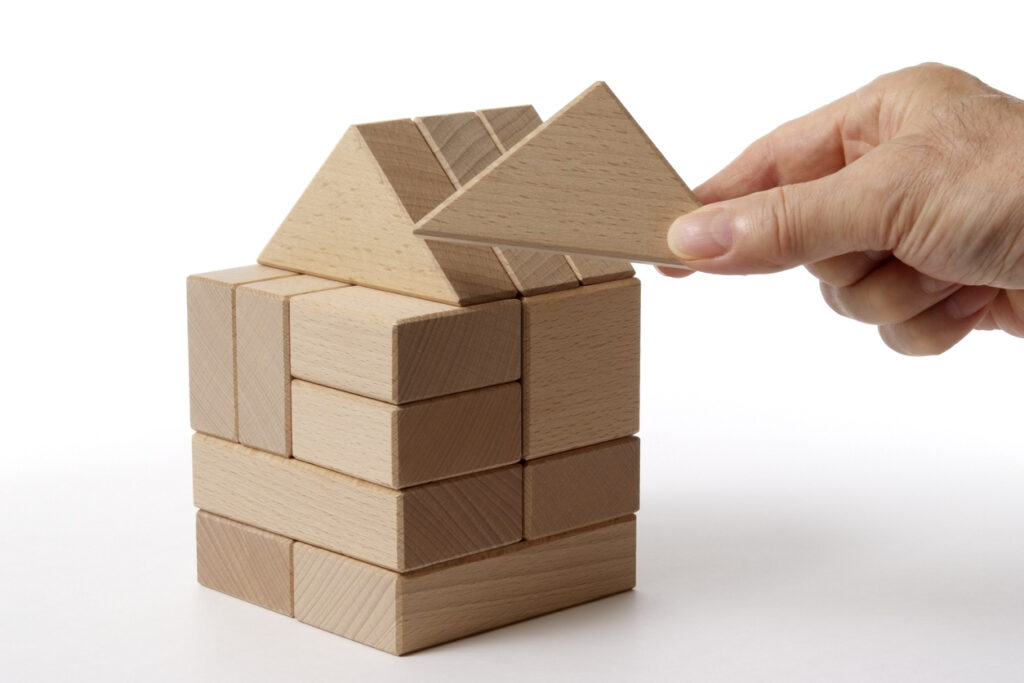
At WABO Roofing Systems, we take great pride in our commitment to using premium-grade materials and adhering to industry best practices. Our expert team of roofing professionals is committed to delivering high-quality and unparalleled customer service. Whether routine maintenance to preserve your roof’s integrity or a complete roof replacement to enhance your property’s protection, you can trust us to provide tailored solutions that align with your unique roofing requirements. With WABO Roofing Systems, you can be guaranteed that the roof of your house will remain a steadfast shield, safeguarding your home for many years.

